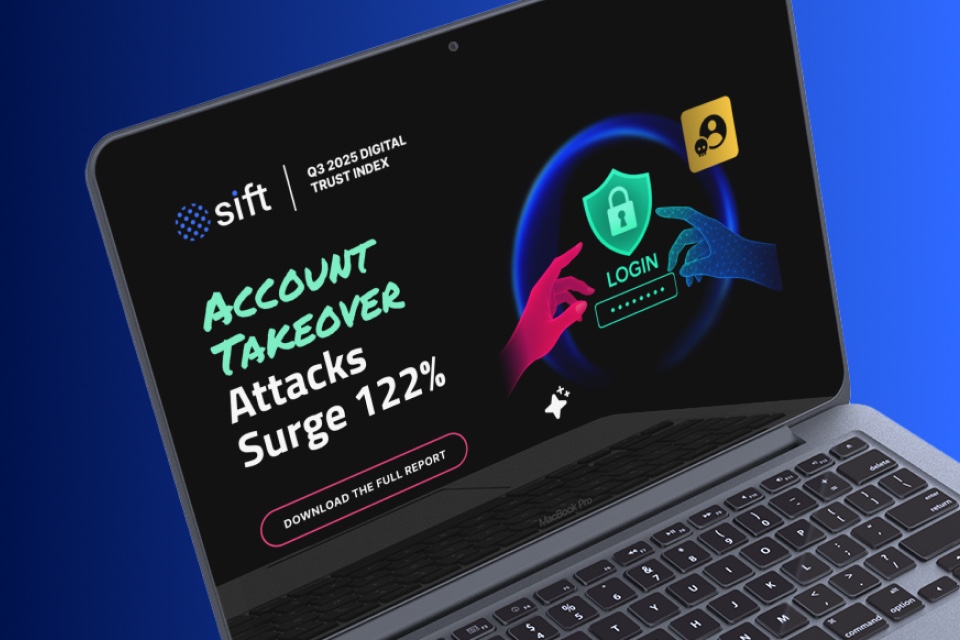As the digital payments landscape expands, so do potential vulnerabilities. It is critical for businesses to enhance their security measures, particularly in the realm of digital commerce. One effective method of safeguarding sensitive information is the use of Multi-Factor Authentication (MFA). Here are steps to put MFA in place for the digital payments element of your business, whether it specialises in B2B or B2C sales…
Step 1: Understand Your Security Needs: Every business is unique, and so are its security requirements. The first step involves identifying sensitive areas in your payment processes that demand added protection. Recognising these vulnerabilities helps you determine the kind of MFA solutions you should consider.
Step 2: Choose Your MFA Solution: Multi-factor authentication typically involves at least two layers of security – something the user knows (like a password), something the user has (like a mobile device), and something the user is (biometrics). Many solutions providers offer different MFA technologies, so it’s crucial to select one that suits your business needs and customer preferences.
Step 3: Partner with a Reliable Provider: It’s essential to choose a provider known for robust security measures, strong customer support, and excellent uptime. Consider factors like their experience, reputation, the technology they use, and reviews from other clients.
Step 4: Integrate MFA into Your Existing Systems: After selecting your MFA solution and provider, you need to integrate this system into your existing digital payment framework. This step might require collaboration between your IT team and the solution provider to ensure seamless integration.
Step 5: Train Your Team: Implementing MFA is not just a technical change but an operational one. Educate your team about the new system, its benefits, and how it affects their daily tasks. Make sure they understand the importance of this measure in protecting customer data and trust.
Step 6: Inform Your Customers: Transparency is crucial when implementing new security measures. Inform your customers about the changes and explain how MFA protects their information. This step not only maintains trust but can also boost your business’s reputation as a secure platform.
Step 7: Regularly Review and Update Your Security Measures: Cyber threats continually evolve, so it’s vital to routinely review your MFA system. Regular updates and patches can counter emerging threats, ensuring that your business maintains its high-security standards.
Implementing multi-factor authentication is a significant step towards enhancing your digital payment security. Though the process requires time and investment, the result is a safer, more trustworthy payment system that not only safeguards your business but also protects your valuable customers.
By following these steps, you can smoothly integrate MFA into your digital payment processes and create a safer digital environment.
Are you looking for payment authentication solutions for your business? The Merchant Fraud Summit can help!
Image by Gerd Altmann from Pixabay







